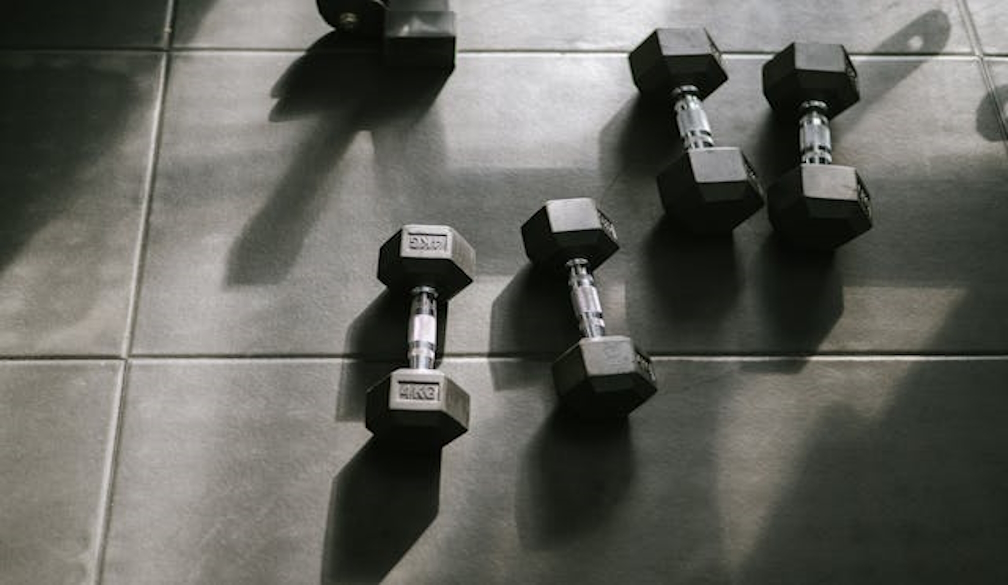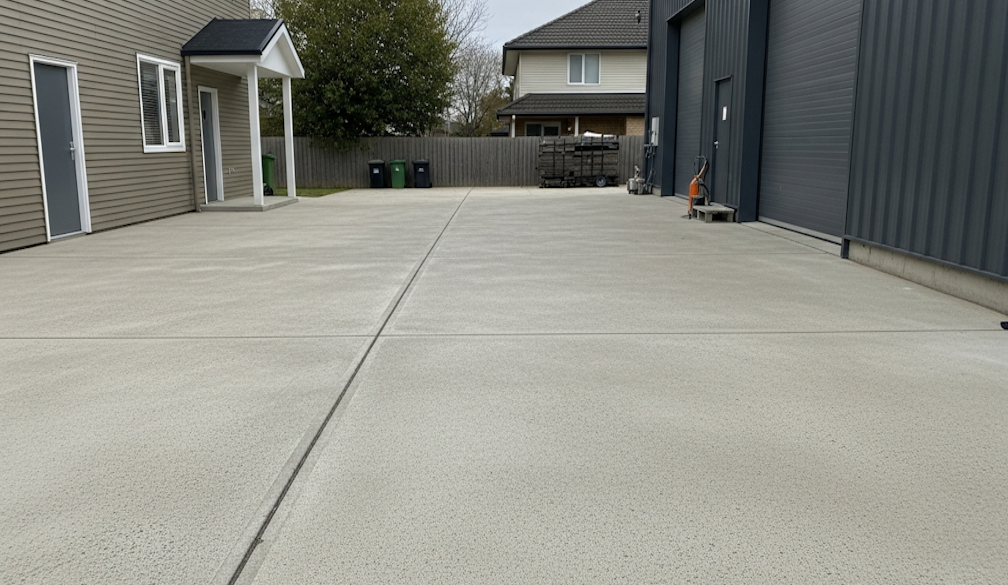How to Level Up Your Workouts with Simple Home Equipment

Working out at home has reached the peak of its popularity. Whether you’re short on time or simply prefer the comfort of your own space, home training can be incredibly effective when done right. The key is to focus on consistency, proper form, and smart use of simple equipment.
If you’ve been relying only on bodyweight exercises, now might be the perfect time to add a few pieces of equipment to your routine. Even the smallest upgrades can help you challenge your muscles in new ways, track progress more easily, and stay motivated as you move toward your fitness goals.
1. Start with the Basics
When building your home setup, it’s best to start simple. A yoga mat, resistance bands, and a pair of dumbbells are great first additions. They don’t take up much space, and you can use them for a wide variety of exercises targeting every major muscle group.
Resistance bands are particularly useful for improving mobility and adding extra tension to bodyweight moves. Meanwhile, dumbbells allow you to increase intensity gradually and focus on proper strength progression. Even small adjustments to your equipment can make your training more dynamic and enjoyable.
2. Focus on Compound Movements
Whether you’re using bands, dumbbells, or a bench, the foundation of every good workout is compound movements — exercises that involve multiple joints and muscle groups. Squats, lunges, push-ups, and rows are perfect examples. They burn more calories, improve coordination, and build functional strength that transfers to everyday activities.
You can easily adapt these exercises to your home equipment. For example, hold dumbbells while doing squats to increase resistance, or add resistance bands to your push-ups for extra challenge. By keeping your workouts focused on big, efficient movements, you’ll see results faster without needing an entire gym.
3. Upgrade to Multi-Purpose Equipment
Once you know the basics, add a few simple tools for variety. A stability ball, jump rope, or step platform can make workouts more challenging and balanced.
If you are ready to add strength training equipment, start with a weight bench. It provides stability and support for a wide range of exercises, helping you maintain proper form and reduce injury risk. The bench also allows for both upper and lower body training, making it an excellent foundation for building strength and versatility at home. This is why many fitness experts recommend starting with the adjustable weight bench for home workouts, which offers flexibility, durability, and comfort for various training styles. It can be easily adjusted for incline, flat, or decline positions, allowing you to target muscles from different angles and achieve balanced results.
4. Create a Routine That Fits Your Schedule
Consistency is the key to progress. Choose a routine that fits naturally into your day instead of one that feels forced. Even 30 minutes of focused effort can be highly effective when done regularly.
Plan 3 to 5 training days each week, alternating between strength, cardio, and flexibility sessions. Try a simple schedule like this:
- Monday: Upper body strength (push and pull movements)
- Wednesday: Lower body and core
- Friday: Full-body circuit or cardio
- Sunday: Stretching or active recovery
The goal is not perfection but commitment. A structured routine helps you stay on track while allowing flexibility for your lifestyle.
5. Prioritise Form Over Intensity
One of the biggest mistakes in home training is focusing too much on intensity while neglecting form. Incorrect technique not only limits progress but also increases the risk of injury. Take the time to learn each exercise properly, especially when using new equipment.
Use mirrors or record short clips of your workouts to check your posture and alignment. Keep your core engaged, shoulders relaxed, and movements controlled. Over time, proper form will help you lift more, move better, and reduce strain on joints and muscles.
6. Make the Most of Limited Space
You don’t need a large room or expensive setup to train effectively. With smart organisation, even a small corner can become your personal fitness zone. Choose foldable or compact items that are easy to store, such as adjustable dumbbells or resistance bands.
Keep your equipment in one place and ready to use. When everything is accessible, you’ll be more likely to start your workouts without hesitation. A clean, dedicated area helps build a routine mindset and keeps distractions away.
7. Track Your Progress
Monitoring your performance helps you stay motivated and identify what’s working. Keep a simple training log with notes about sets, reps, and weights. You can also track how you feel after each session to spot patterns in energy and recovery.
Technology can help here, too. Use fitness apps, smartwatches, or online workout trackers to visualise your progress over time. Seeing improvement, even in small ways, is one of the most powerful motivators to keep going.

























